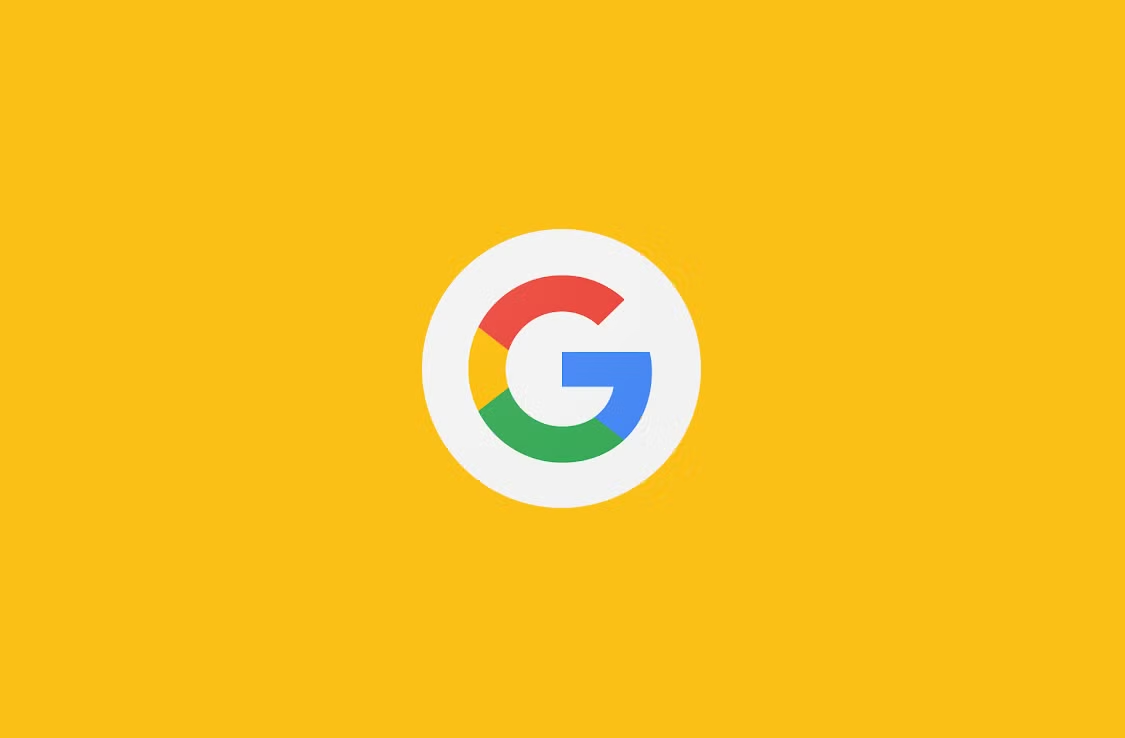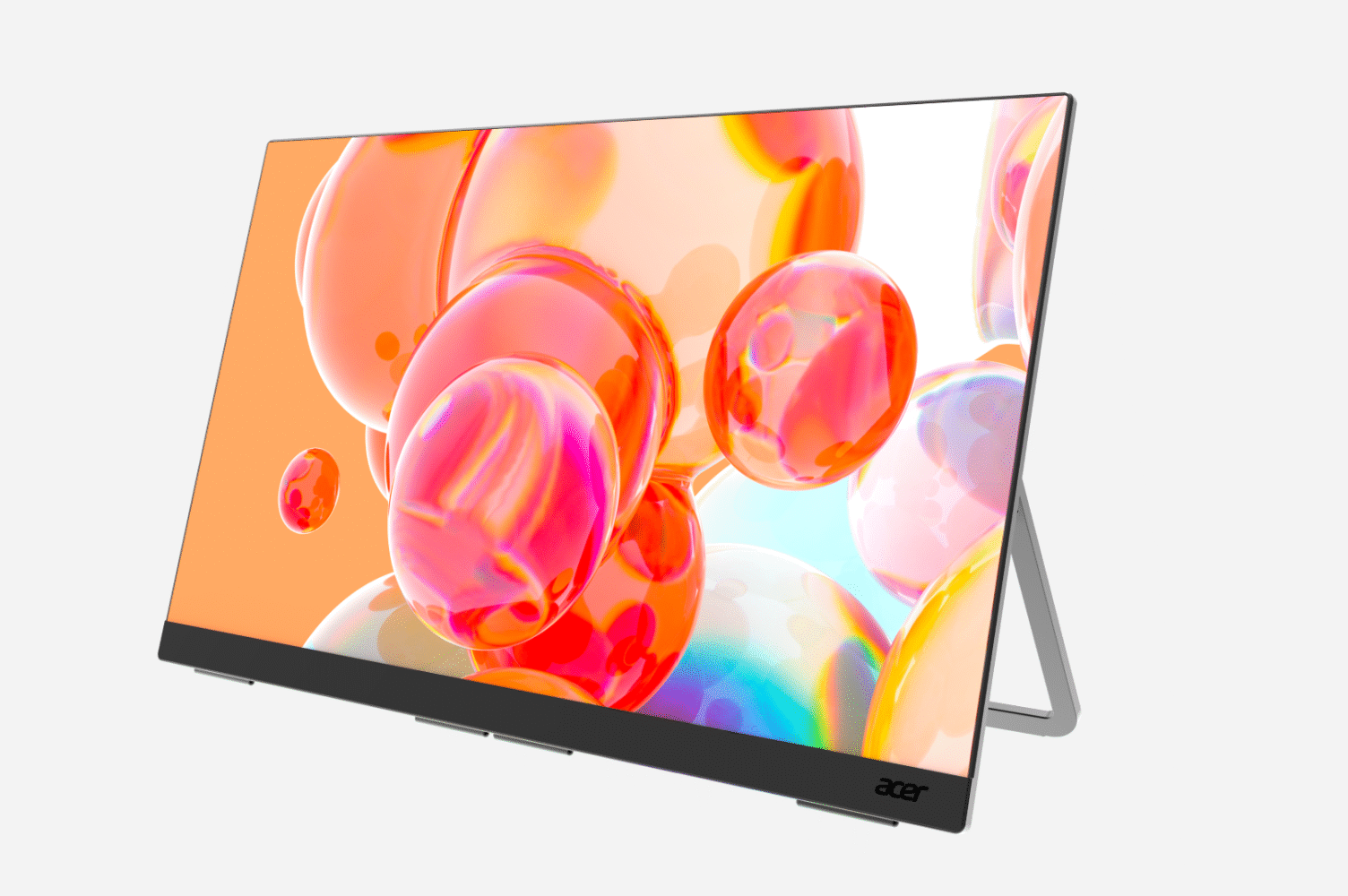Google is rolling out a redesigned Google Search widget for Android that introduces a more customizable and functionally flexible layout. The updated widget is part of version 16.19 of the Google app for Android and is arriving as a server-side update—meaning users may not see it immediately, even with the latest app version installed.
The new widget layout retains familiar elements from the previous pill-shaped design, such as the Google “G” logo on the left (which launches the Google app) and the microphone icon for voice input on the right. It also includes Google Lens at the far right of the search bar. What’s new is the addition of a separate circular button outside the main container, allowing users to add a custom shortcut icon for quick access to selected features.
This layout shift results in a slightly larger widget — expanding from a 3 x 1 configuration to 4 x 1 — offering more screen presence while enabling functionality beyond a simple search.
To customize the new widget, users can long-press it and tap the pencil icon that appears. This opens a settings page where they can adjust the theme (options include System, Light, Dark, Device, or Custom) and select a custom shortcut from a list that includes:
- Translate (text or camera)
- Song Search
- Weather
- Sports
- Dictionary
- Homework help
- Finance
- Saved items
- News
This makes the widget more versatile and tailored to individual user preferences, especially for those who frequently use one of Google’s auxiliary services. It’s important to note that this change applies to the standalone Google Search widget — not the search bar embedded in the Pixel Launcher. Google has not indicated whether the new design will make its way to that interface.
For users who haven’t yet received the update, performing a Force Stop on the Google app via system settings may help prompt the new layout to appear. To add the widget, long-press the Android home screen, tap on “Widgets,” scroll to the Google section, and select the 4 x 1 search bar widget.
This update continues Google’s push to make core Android tools more dynamic and customizable, offering greater utility without needing to open the full app. While the changes are incremental, they reflect a growing trend in Android UI design — blending personalization with native functionality.





